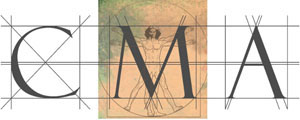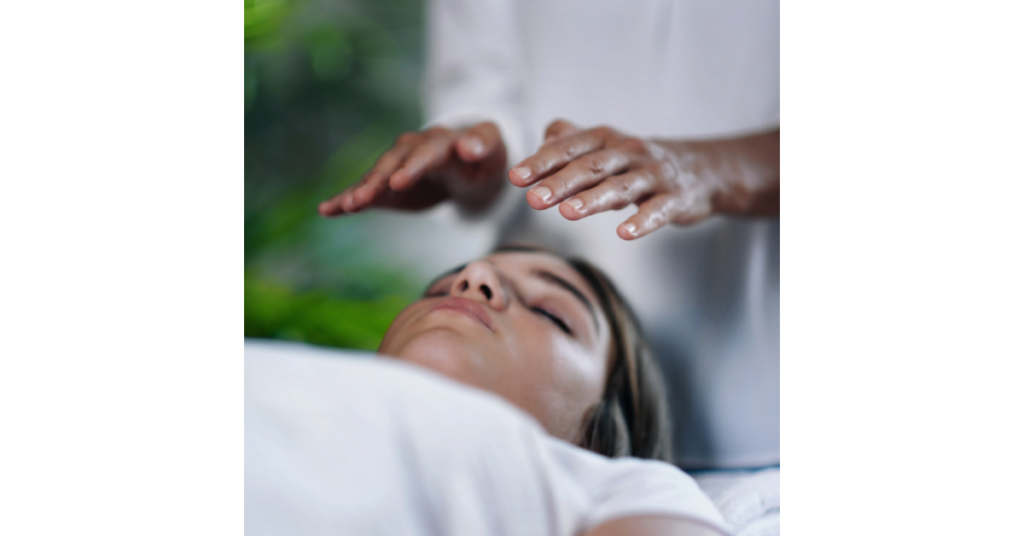Reiki
Practitioners of this art, who are attuned to receive the powerful healing energy known as “reiki”, place their hands on various parts of the body in order to channel universal energy and promote physical, mental, and spiritual well-being.
This document provides general information on what to expect when you visit a reiki practitioner, as well as explaining briefly how the discipline works. It must be noted, however, that every therapist works in an individual way, and may subscribe to slightly different theories as to how the practice is carried out. It is always advisable that you ask to see relevant qualifications and discuss the treatment offered to you by the practitioner if you are in any doubt whatsoever.
What is reiki? Reiki means ‘universal life energy’, and it is sometimes referred to as a hands-on or palmhealing technique. Practitioners of reiki have to be ‘attuned’ – a process whereby the healing channel is opened. Once they are attuned, this healing energy can be used for a lifetime whenever it is desired. It can be used for self-healing or channelled into another person. The theory behind reiki is that the body has a ‘life energy’ running through it, which at times may get blocked, eventually leading to disharmony and disease. It is thought that the body’s molecules vibrate at a higher intensity when one receives the reiki energy, thus ‘dissolving’ the blocked energy.
Main uses
All conditions, whether spiritual, physical, mental or emotional. Stress and other related problems such as insomnia, depression, fatigue, anxiety, and headaches are particularly suited to reiki healing.
What to expect when you visit a therapist
The practitioner will ask you what it is that you want treatment for – this is called ‘stating your intent’. However, if, for example, you ask for relief from back pain and you don’t receive this, it could be due to the fact that reiki always works ‘for the highest good’. In other words, what you think is a major problem (i.e., the back pain) may turn out to be the very thing that is forcing you to look at other issues in your life that may need changing. Thus, taking the pain away from you at that particular moment might not be ‘for the highest good’. As to the treatment, you will be asked to lie on a couch or perhaps sit on a chair, fully clothed, and close your eyes.
The practitioner will then lay hands on or over various parts of your body. There are twelve set positions that the therapist will use, the practitioner’s hands being held in these places for between 3 to 5 minutes, thus making each session last around one hour. What the practitioner claims to be doing with these 12 positions is balancing the chakras (energy centres) of the body.
You may need to go back for further sessions, the number of visits depending on your particular condition. It is not unusual for the therapist to send distance healing energy should you not be able to make an appointment.
History (in brief)
Reiki has its foundations in ancient Tibetan Buddhism, yet the practice was thought to have been lost until the late 19th century, when it was rediscovered by Dr Mikao Usui. He taught many people this healing practice, including a man called Dr Chujiro Hayashi, a major exponent of the art. Reiki was brought to the Western world by a Japanese woman called Hawaio Takata, who was living in Hawaii in the 1970’s. She gained her knowledge from the aforementioned Dr Chujiro Hayashi. Many reiki practitioners today can trace their lineage to these key players.


